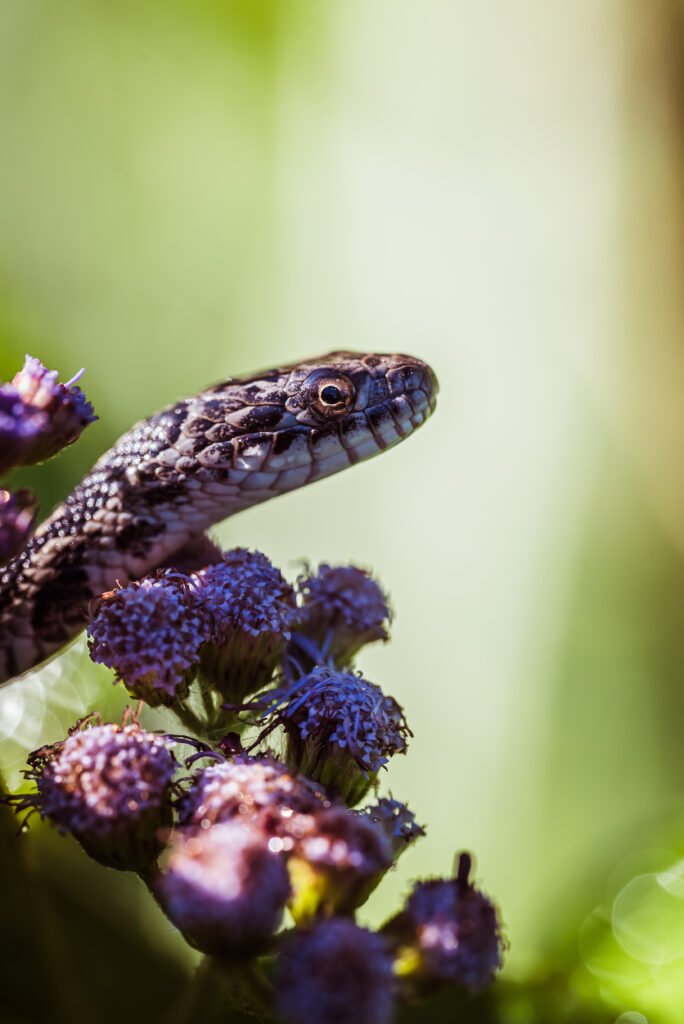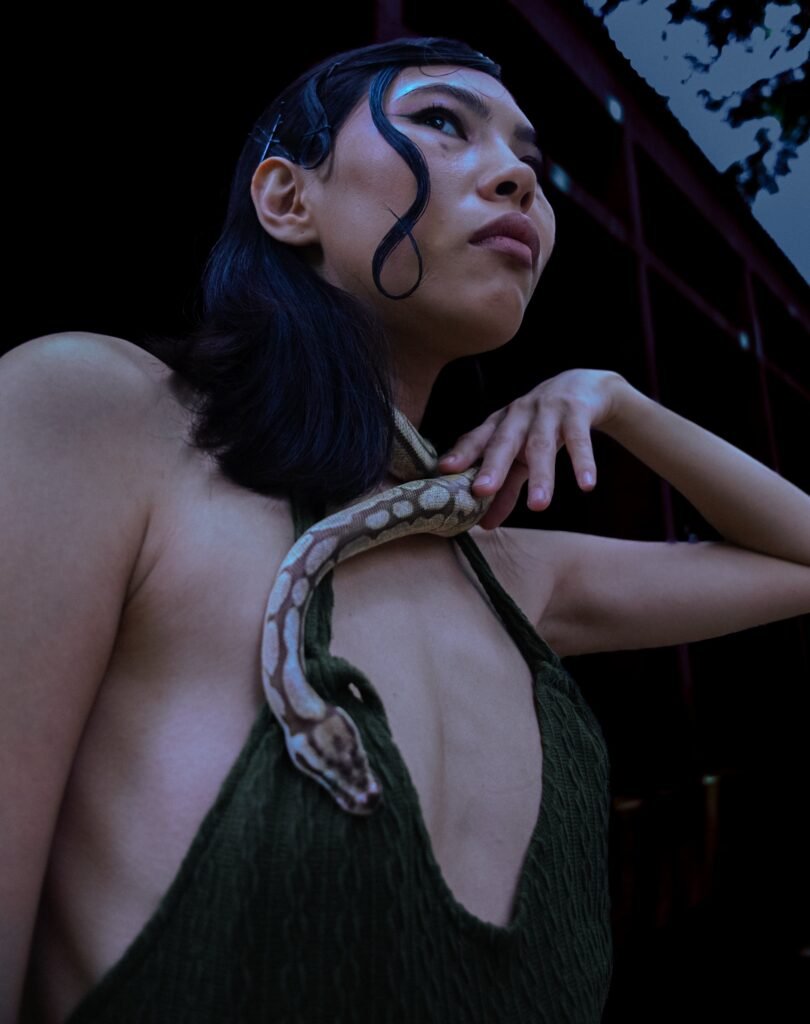Ever wondered about the fascinating world of corn snakes in America? Prepare to be captivated by the intriguing tale of the “Serpiente De Maíz En América,” as we take a closer look at these mesmerizing reptiles. Discover their unique characteristics, natural habitat, and the important role they play in the ecosystem. Get ready to embark on a thrilling adventure through the world of corn snakes and uncover the secrets they hold.

Overview
The corn snake, scientifically known as Pantherophis guttatus, is a non-venomous snake species that is native to North America. It is widely recognized for its vibrant colors and unique patterns, making it a popular choice among snake enthusiasts and pet owners. The corn snake has played an important role in American culture and has been the subject of scientific research due to its fascinating characteristics and behavior.
Habitat and Distribution
Natural habitat of the corn snake
Corn snakes are primarily found in the southeastern region of the United States, including states like Florida, Georgia, and Alabama. They are well-adapted to a wide range of environments and can thrive in various habitats such as forests, grasslands, and even urban areas. These snakes are highly adaptable and can be found hiding in underground burrows, tree stumps, or abandoned buildings.
Geographical distribution in America
The corn snake is known to have a relatively large range in the United States. It is commonly found throughout the Southeast, but its distribution extends as far north as New Jersey and as far west as Texas. This widespread distribution is a testament to the corn snake’s ability to adapt to different climates and ecosystems.

Physical Description
Color and pattern variations
One of the most striking features of the corn snake is its vibrant coloration and intricate patterns. While the basic coloration is typically orange or brown, these snakes display a wide range of variations. Some individuals may have bright red or yellow hues, often accompanied by intricate patterns resembling kernels of corn, hence the name “corn snake.” The patterns can vary from striped to blotched, and each snake exhibits its own unique combination of colors and patterns.
Size and anatomy of the corn snake
Corn snakes are considered medium-sized snakes, typically reaching a length between 3 and 5 feet. They have slender, elongated bodies, with smooth scales that allow for easy movement through various terrains. These snakes have a distinct pattern of markings on their bellies, which helps to differentiate them from other similar species.
Behavior and Diet
Nocturnal behavior
Corn snakes are primarily nocturnal creatures, meaning they are most active during the night. This behavior allows them to avoid extreme daytime temperatures and reduces their exposure to predators. During the day, corn snakes can often be found hiding in cool, secluded spots to conserve energy.
Feeding habits and diet of the corn snake
Corn snakes are carnivorous reptiles and are skilled predators. They primarily feed on small mammals, such as mice and rats, but will also consume birds and eggs if the opportunity arises. These snakes are constrictors, meaning they catch their prey and suffocate it by coiling their bodies around it. After subduing their prey, corn snakes will swallow it whole, aided by their flexible jaws and expandable throat.

Life Cycle and Reproduction
Breeding seasons and mating behavior
Corn snakes typically mate in the spring or fall, with males actively seeking out females during this time. During mating, the males engage in a courtship ritual known as “dancing,” where they rub their chins along the female’s body. Once fertilization occurs, the female will lay a clutch of eggs, usually around 10 to 30 in number.
Egg-laying and incubation process
After laying her eggs, the female corn snake will carefully bury them in a warm, sheltered location. The eggs are relatively small and have a leathery texture. The incubation period typically lasts around 60 to 65 days, during which the eggs are kept at a constant temperature. After this period, the hatchlings emerge from the eggs, ready to begin their journey into the world.
Growth and development of corn snake offspring
When the hatchlings first emerge, they are typically around 10 to 15 inches in length. They possess the same vibrant colors and patterns as their parents, although they may appear more dull in comparison. As they grow, these young snakes shed their skin several times, allowing for their continued growth. With proper care and nutrition, corn snakes can reach maturity in approximately 2 to 3 years.
Interactions with Humans
Role of the corn snake in scientific research
Corn snakes have been the subject of scientific research for many decades. Due to their manageable size, relative ease of care, and phenotypic variety, they have served as an excellent model organism for studies in genetics, behavior, and physiology. Researchers have used corn snakes to better understand various biological processes and gain insights into more complex species.
Corn snakes as pets and their care requirements
Corn snakes are highly popular pets among reptile enthusiasts. Their beautiful colors and relatively docile nature make them an appealing choice for those interested in keeping snakes. As pets, corn snakes require a suitable enclosure, with ample space for movement and secure hiding spots. They are relatively low-maintenance and primarily feed on pre-killed mice or rats. It is essential to provide them with a warm temperature gradient and a regular shedding schedule to ensure their overall well-being.
Myths and symbolism associated with the corn snake
Throughout history, the corn snake has been woven into various myths and symbolisms. In some indigenous cultures, the snake is considered a symbol of fertility and renewal, associated with the corn harvest. The intricate patterns and vibrant colors of the corn snake have also inspired artists and craftsmen, appearing in artwork and jewelry as a representation of beauty and mystique.

Conservation and Threats
Status of corn snake populations
Currently, the corn snake is not considered a species at risk or endangered. Their adaptability to different habitats and high reproductive rates have contributed to the stability of their populations. However, it is essential to monitor their populations to ensure that there are no significant declines in the future.
Threats to the corn snake’s survival
While corn snakes are generally not facing immediate threats, certain factors can impact their survival. Habitat loss due to urbanization and agriculture can decrease available habitat for these snakes. Additionally, the illegal pet trade can disrupt their populations if individuals are collected from the wild extensively. It is crucial to manage these potential threats to ensure the long-term survival of the corn snake.
Conservation efforts and initiatives to protect the corn snake
Various organizations, such as herpetological societies and wildlife conservation groups, focus on protecting and conserving the corn snake. These organizations work towards creating awareness about the importance of preserving the species and its habitats. Additionally, they collaborate with local communities and authorities to implement measures that promote the conservation and sustainable management of corn snake populations.
Relationship with Other Species
Predators and prey of the corn snake
As predators, corn snakes play a crucial role in maintaining the balance of the ecosystems they inhabit. Their primary prey includes small mammals, such as mice and rats, which are abundant and can cause ecological imbalances if left unchecked. Corn snakes, in turn, serve as a food source for larger predators like hawks, owls, and raccoons.
Coexistence and ecological role of the corn snake within its habitat
Corn snakes are an integral part of the ecosystems they inhabit. They help control populations of small mammals, preventing them from reaching unsustainable levels. Their presence also influences the behavior and distribution of their prey, creating a ripple effect throughout the food web. By maintaining a healthy population of corn snakes, we are indirectly helping to maintain the ecological balance within their habitats.

Cultural Significance
Use of corn snakes in indigenous cultures
In various indigenous cultures throughout North America, corn snakes hold significant cultural and spiritual significance. Often associated with fertility, abundance, and renewal, these snakes are woven into ceremonies, myths, and rituals. Their presence serves as a reminder of the intricate relationship between humans, nature, and the cycles of life.
Corn snake imagery in art and mythology
The captivating beauty of the corn snake has inspired many artists and storytellers. In Native American art, the snake’s vibrant colors and intricate patterns are often depicted in pottery, jewelry, and paintings. Furthermore, corn snakes have appeared in mythological tales across different cultures, symbolizing beauty, transformation, and wisdom.
Conclusion
In conclusion, the corn snake is a fascinating and beautiful reptile that holds an important place in American culture and ecosystems. With its vibrant colors, unique patterns, and adaptable nature, the corn snake has captured the hearts of many as both a scientific curiosity and a popular pet. While it currently thrives in a variety of habitats, it is crucial to continue monitoring its populations and implementing conservation efforts to ensure its survival for future generations to appreciate and admire. As we strive to protect these enchanting creatures, we secure the vitality and diversity of our natural world.